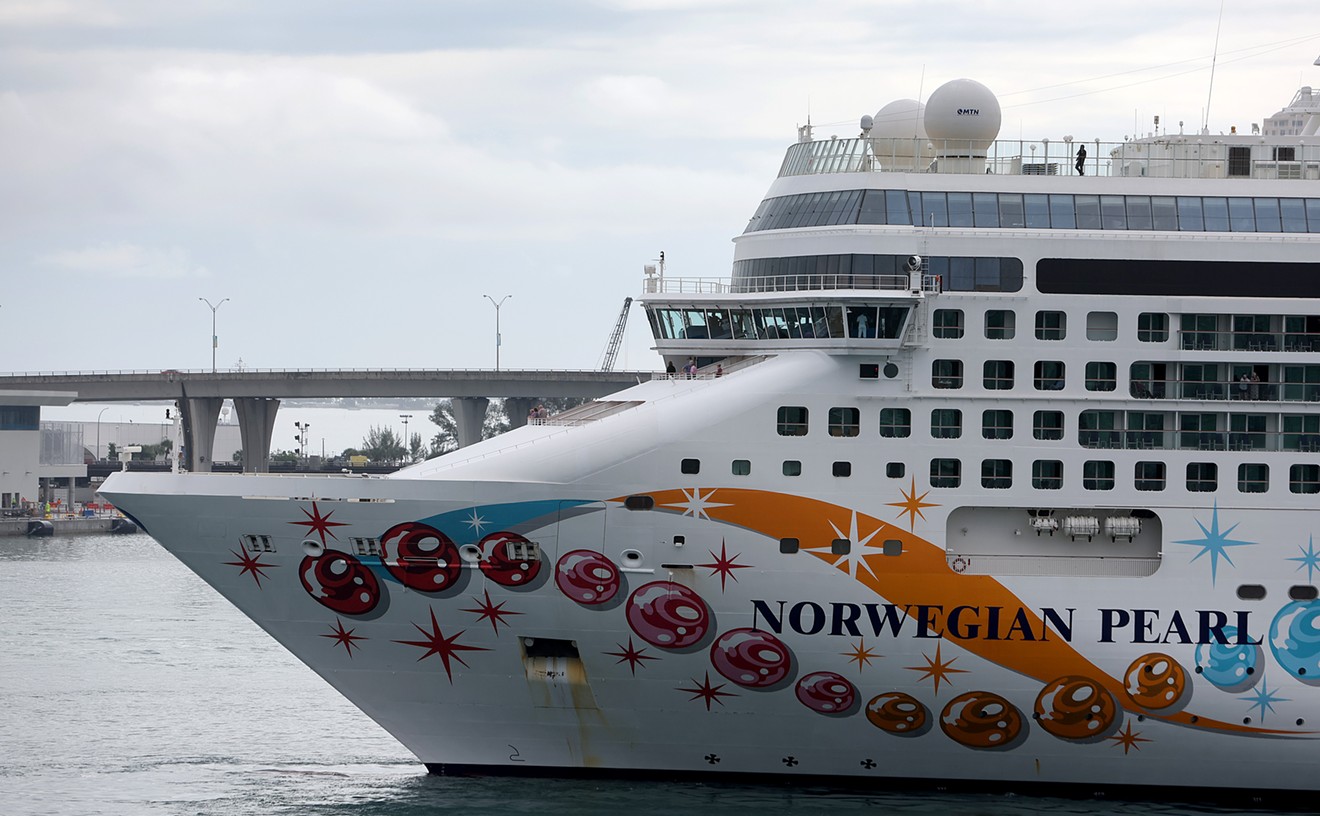Pugh was unavailable for comment, and SHE general manager Mark Krieger won't discuss the nature of Pugh's departure. The station's less-than-stellar Arbitron ratings A which rank by percentage the number of radio listeners per station in a particular market A may shed some light on the change. Since its format switch this past June from classic rock (Rolling Stones, ZZ Top, Peter Gabriel) to something called commercial alternative (Pearl Jam, Green Day, Peter Gabriel), SHE has actually lost more listeners than it has gained. For instance, its spring '95 rating of listeners ages 25 to 54 in the valued Monday to Friday 3:00 p.m. to 7:00 p.m. time slot was 6.7 percent. The post-change rating from summer '95 fell to 5.9 before rising to 6.3 in fall '95. Despite that increase, SHE was trounced in that particular slot by WZTA-FM (94.9) -- which mixes select commercial alternative hits into a hodgepodge of classic-rock standbys and hard-edged contemporary rock cuts -- sometimes by more than two percentage points. As for weekend ratings among the same age group, SHE's ratings rose from 5.4 (spring '95) to 6.0 (summer '95). By fall '95, however, its ratings fell to 4.9, with WZTA at 6.0.
That's not the case with most stations across the nation that have adopted the commercial alternative format, at least according to Cheryl Botchick, associate editor at the CMJ New Music Report. The New York City-based publication began charting what's now dubbed alternative rock years before groups such as R.E.M. and U2 entered the rock mainstream. "It's definitely unusual," Botchick says of SHE's lackluster ratings. "Usually when stations make the switch from Top 40 or classic rock to commercial alternative, they've been really, really successful."
Despite the station's poor numbers, Stewart expects to make few changes in SHE's programming. "It's a little early for me to say, since I basically just got here, but I don't see anything glaringly wrong at the station," observes Stewart, who most recently worked as program director at WARQ in Columbia, South Carolina, which also jumped on the commercial-alternative gravy train. "It was the quintessential Motley Crue, Poison, Winger, hair-band station, and from a commercial standpoint it was getting hard to sell that music," he admits. "But where SHE made an abrupt change in programming, at Columbia we evolved. One month we'd drop ZZ Top and Dokken and replace them with U2 and R.E.M.; the next month we'd drop Bad Company and Scorpions and replace them with more cuts from Live and Pearl Jam."
Whether they rid the musical dinosaurs with one quick sweep or trot them to the tar pits in pairs, radio programmers across the U.S. have followed the lead of successful stations such as Denver's KXPK, replacing "Slow Ride" with "Sledgehammer," "Jet Airliner" with "Jeremy," and adding dashes of Album Oriented Rock and Adult Album Alternative. They're all targeting the precious 18-to-29-year-old demographic A mostly white young adults with a taste for post-Nirvana guitar rock, the Dead-lite sounds of Hootie and the H.O.R.D.E. bunch, and a fondness for the MTV hits of their early-Eighties teen years. A recent afternoon air check yielded a typical block of SHE's "rock alternative" and the format in general: "Breakfast at Tiffany's" kicked things off, followed by "Don't Stop," a late Eighties sorta hit by former Roxy Music crooner Bryan Ferry. A new one by Melissa Etheridge popped up after a commercial break, then came a disc jockey's promise of new cuts from Collective Soul and Oasis, followed by "Save It for Later," a jangly 1983 track by the English Beat that never made the Billboard pop chart but was a video staple during MTV's salad days.
Although the band names have changed, the concept behind the new format remains the same -- give the demographic what it wants. And with the classic-rock listeners of old now spending their money on house payments and insurance packages, a new legion of young adults is marching into the 18-to-29 bracket, and they'll neither fly with "Free Bird" nor fondle their sweeties to the tune of "Night Moves." Bob Richards, program director at commercial alternative station KBPI in Denver, says getting that young-adult audience is what's important. "My station is going after the 18-to-29 target audience, and the best way to get them now is with guitar-based alternative rock," states Richards, whose station made the switch from classic rock to commercial alternative a few weeks back. "We're basically a rock station that's targeting young adults, and for our demographic we'll be playing whatever rock music is at that time. Six years ago we were playing Winger and Warrant and Poison. At this point, though, the evolution has taken us to playing guitar-based rock."
That guitar-based rock, however, can hardly be called alternative in the purest musical sense of the word. Yes, the formats of SHE, WZTA, et al. have bid farewell to many of classic rock's aging kings. However, none of those stations is spinning records by even the most popular underground bands (e.g., Sonic Youth, Pavement, Guided by Voices), nor are they slipping in tracks from influential Eighties artists such as Husker Du, the Replacements, Black Flag, or the Minutemen. "Alternative is just a word that was adopted -- rightly or wrongly -- to describe bands that weren't the hair bands from four or five years ago," Stewart explains. "But there is a certain portion of the audience that feels like it's not 'alternative' any more."
Botchick at CMJ says it's too soon to predict the long-range potential of the commercial alternative format, but adds that, like classic rock, it won't be around forever A if only because of its narrow definition of alternative. "You know that Pearl Jam is going to be the classic rock of the 21st Century and that alternative rock is now the new Top 40 and Album Oriented Rock," she notes. "But these stations probably won't forge ahead and follow underground rock as it develops. Right now [stations] are making the switch and hoping to hit the jackpot, but it's going to reach a saturation point A it can't go on like this. Optimistically, you could say that the format might get more interesting as the programmers start looking to more underground-type music to grab more listeners, but that probably won't happen. They'll stick with the Bushes and the Collective Souls, and with every station playing the same songs, they'll only splinter the audience into a million shards."










